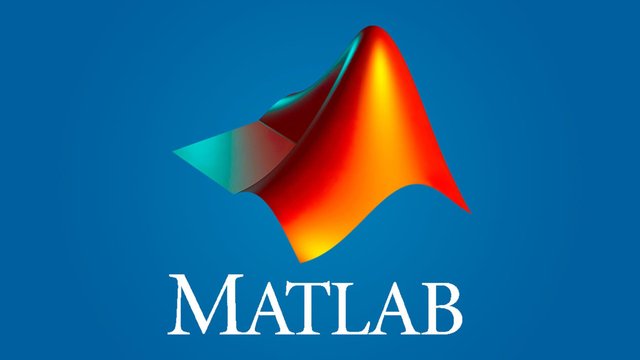What is Matlab
MATLAB (short for MATrix LABoratory) is a high-level programming language and interactive environment used primarily for numerical computation, data analysis, and visualization. It is widely used in engineering, scientific research, and academic settings for tasks such as simulation, algorithm development, and solving mathematical problems.
Key Features of MATLAB:
Matrix-Based Computation: MATLAB is designed to work primarily with matrices and arrays. Mathematical operations are optimized for matrix manipulations, making it ideal for linear algebra, signal processing, and control systems.
Built-in Functions and Toolboxes: MATLAB comes with a vast library of built-in functions for a wide range of tasks, including:
- Numerical analysis (solving equations, optimization, integration)
- Data analysis and visualization (plots, graphs, statistical functions)
- Signal and image processing
- Control systems
- Machine learning and deep learning
Data Visualization: MATLAB is known for its strong capabilities in data visualization. It can produce high-quality 2D and 3D plots, graphs, and charts to help users analyze data visually.
Toolboxes: MATLAB offers specialized toolboxes for specific fields such as:
- Signal Processing Toolbox
- Control System Toolbox
- Image Processing Toolbox
- Machine Learning Toolbox
- Simulink (for modeling and simulation of dynamic systems)
Simulink: MATLAB is often used in conjunction with Simulink, a graphical tool for modeling and simulating dynamic systems like control systems, electrical circuits, or mechanical systems.
Scripting and Automation: MATLAB allows users to create scripts and functions to automate repetitive tasks, making it easier to handle large datasets or perform complex computations.
Applications of MATLAB:
- Engineering: MATLAB is commonly used in electrical, mechanical, civil, and aerospace engineering for tasks like control system design, signal processing, and structural analysis.
- Data Science and Machine Learning: MATLAB provides tools for data cleaning, training machine learning models, and developing predictive algorithms.
- Research: MATLAB is used in scientific research to model systems, simulate experiments, and analyze large datasets.
- Finance: MATLAB is used in financial modeling, algorithmic trading, and risk analysis.
Pros and Cons of MATLAB:
Pros:
- Ease of Use: MATLAB’s syntax is relatively simple and intuitive, especially for mathematical and matrix operations.
- Comprehensive Documentation: MATLAB provides extensive documentation and tutorials, making it accessible for both beginners and advanced users.
- Wide Range of Applications: From academic research to industry, MATLAB is used in many fields due to its flexibility.
Cons:
- Cost: MATLAB is proprietary software, and its licenses can be expensive, which may limit access for some users.
- Performance: While MATLAB excels at matrix operations, it may not be as fast as some other programming languages like C or Python for general-purpose programming.
MATLAB vs. Other Languages:
- MATLAB vs. Python: Python, with libraries like NumPy, SciPy, and Matplotlib, offers similar functionality for free and is becoming more popular in data science and engineering fields. However, MATLAB's integrated environment and specialized toolboxes make it easier for certain engineering applications.
In summary, MATLAB is a powerful tool for numerical computing, data visualization, and system modeling, widely used in both academic and industrial settings.
